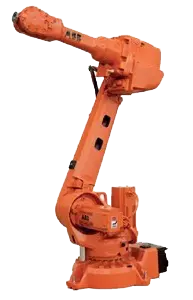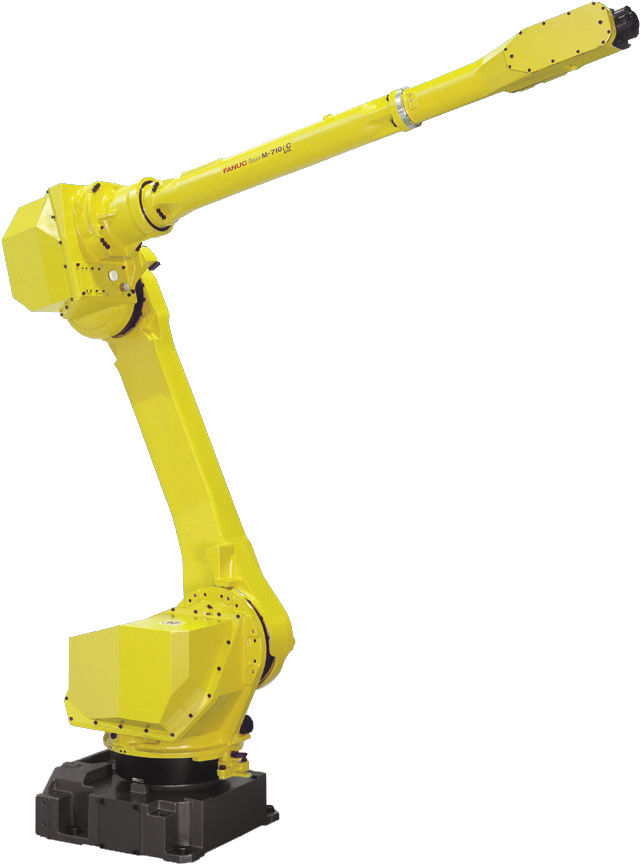Used Welding Robots





Used welding robots account for about fifty-percent of all robots being utilized in manufacturing around the world. This makes welding the most common type of robotic application. Welding robots are especially popular amongst the automotive sector. Using robots for welding automation significantly improves the efficiency, productivity, and quality of any welding process.
Welding processes can be automated with articulated robots. These industrial robots feature a single jointed mechanical arm design that is attached to a rotating base. Most welding robots consist of six axes for complete flexibility and range of motion to reach all angles. Welding robots eliminate or significantly reduce the need for human interaction with the ability to both complete welds and handle parts. Welding processes are completed with fewer errors and in shorter amounts of time by reducing the human component.
A typical robotic welding setup will consist of a robotic weld cell, robot, welding equipment, and safety equipment. Robot weld cells feature barriers to help protect floor workers from welding hazards as well as provide an effective work area for the robotic manipulator. A welding robot will be integrated with a robotic welding power source, welding torch, positioner, and wire feeder if the welding process requires a filler wire.
Welding robots can be used to automate many different types of welding applications including:
- • Electron Beam - During electron beam welding, a robot fuses material together using a welding torch emitting a beam of high velocity electrons. Unlike other welding applications, EBW can join together dissimilar metals. The FANUC M710ic/20L is an example of a robot that may be used to automate an electron beam welding application.
- • GMAW - Gas metal arc welding, also known as robotic MIG welding, uses an electric arc to heat and melt workpieces, ultimately bonding them together. GMAW is rather easy to automate with robots which is why it is the most common robotic arc welding application. The FANUC Arc Mate 120ic is ideal for gas metal arc welding.
- • GTAW - Gas tungsten arc welding involves the use of non-consumable tungsten electrodes to weld metals together. GTAW is ideal for those needing a precise and high-quality weld. Using welding robots eases the difficultly of gas tungsten arc welding applications.
- • Laser - Laser welding robots join metals together by emitting a laser beam from their EOAT. Heat emitted from the laser produces concentrated deep welds. Laser welding robots can also be easily converted for automated laser cutting applications utilizing the same tooling they use to weld. The ABB 2600 can be integrated with a laser power source to perform this application with ease.
- • Plasma - Plasma welding is another type of arc welding process. During this application plasma is used to melt and fuse metals together. Plasma welding robots are often used for processes requiring flexibility since speed and temperature can be modified. Plasma welding robots can double as plasma cutting robots using the same EAOT that they use for welding.
- • Spot - Spot welding applications make up about thirty-percent of all welding robot uses. Spot welding robots are integrated with a welding gun that produces heat from electrical current resistance within a concentrated area of a workpiece in order produce a weld. Spot welding robots are widely used amongst automotive manufacturers, including the ABB 6640 and the FANUC R2000.
Robots Done Right is the place to start when it comes to used robots. Contact us if you are interested in buying or selling your used robot.